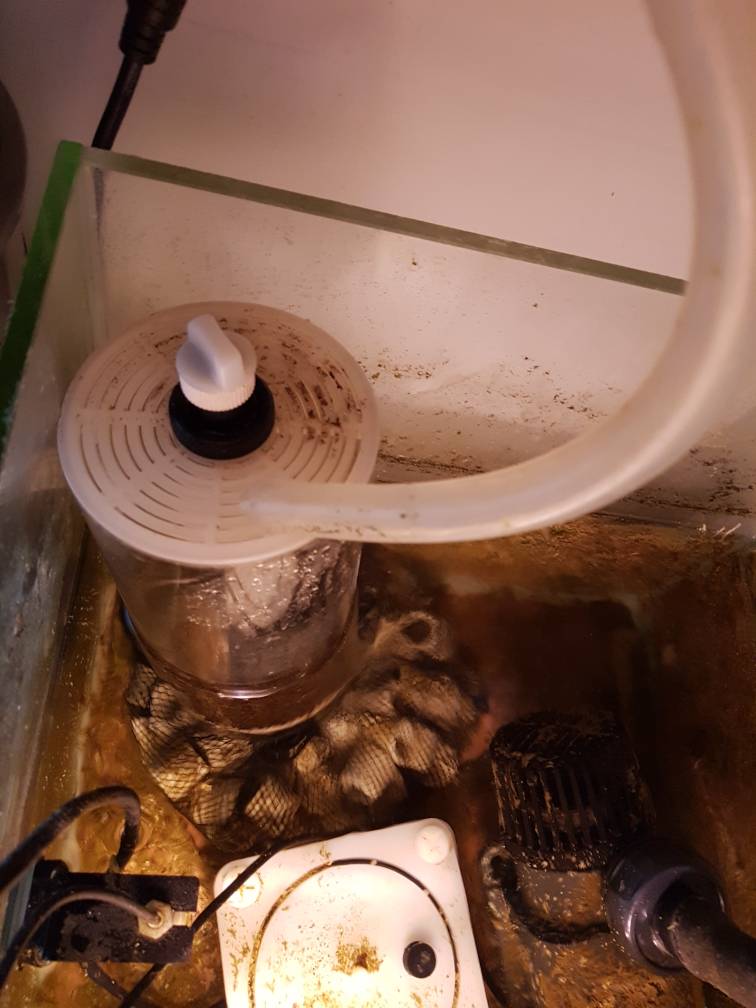Good to know! Nice reactor. This one will be just one piece? As it wil not be be gravity fed, how are you going to move water with a slow rate? Or will water enter above and exit below? (and then resticting flow or something)
This reactor will be connected to manifold and water will enter from top and there is drain on the bottom that I will bring up to the height that I like to keep height of the water in the reactor, I will control the flow of the water with gate valve (Input side), I never restrict the flow of the drain of anything, it is risky, Input will be 1/2" and drain is 1". I hope I answer your question.


















